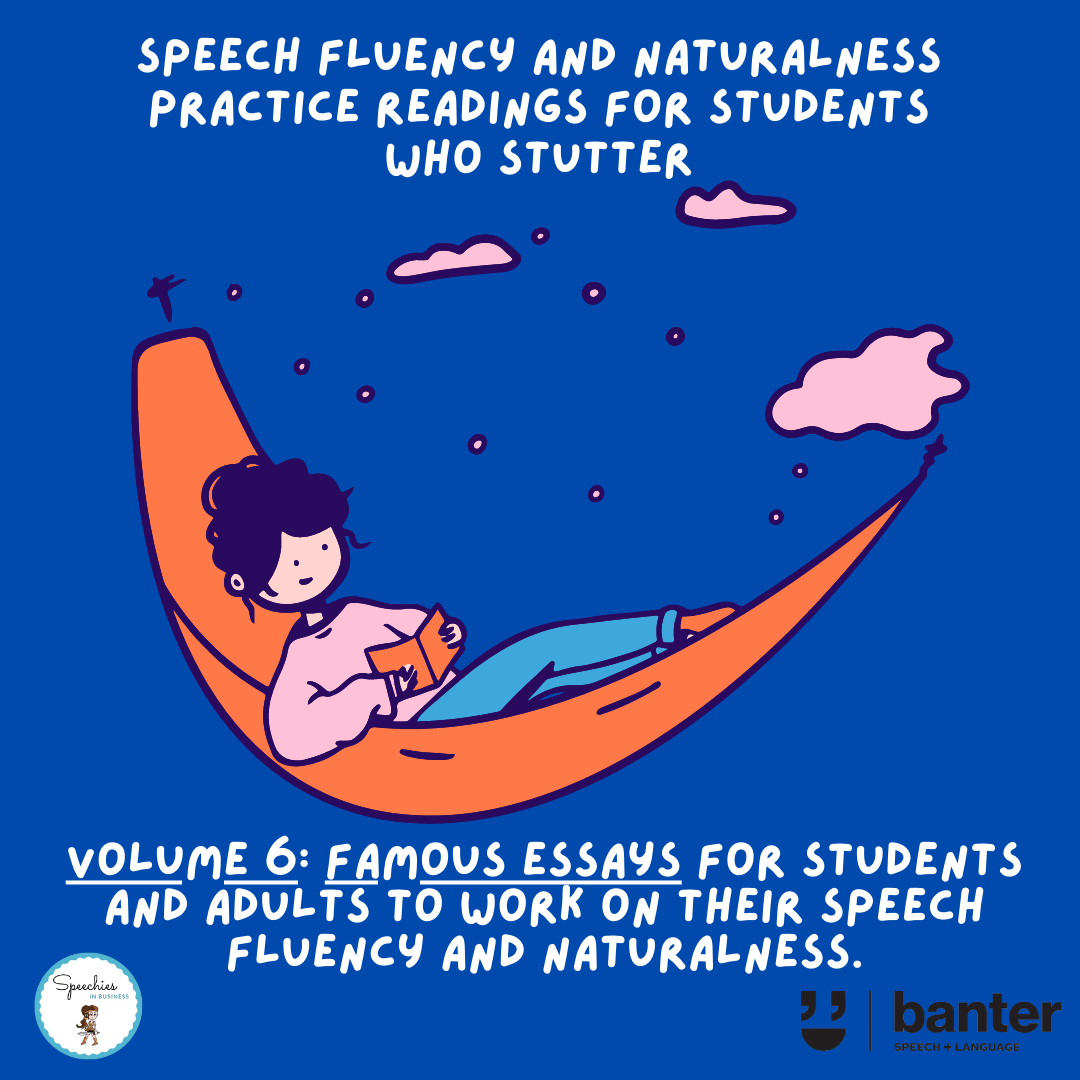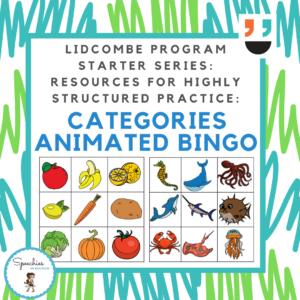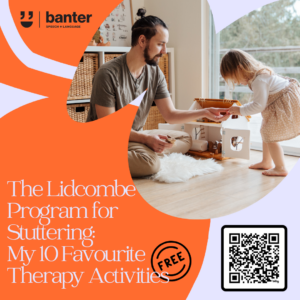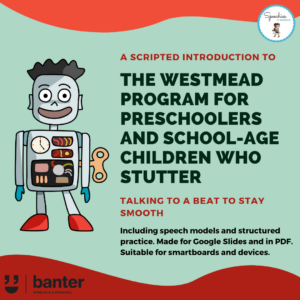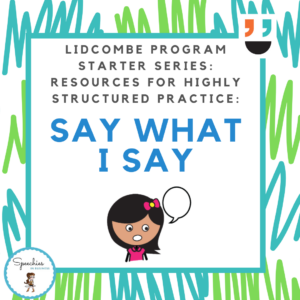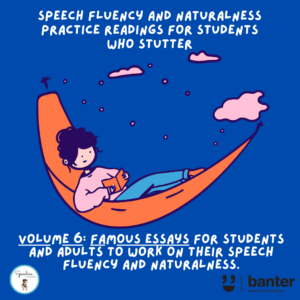(S125) Speech Fluency & Naturalness Practice-Readings for Students and Adults who Stutter: Volume 6 (Famous Essays)
$5.99 including GST
These 10 famous essays are designed to provide students and adults who stutter with speech practice.
The aim is to speak both fluently, but also naturally. With built-in short phrases, they can be used to practice speech in the clinic and at home. They can also be “performed” anywhere and recorded by the person for later review of speech fluency and naturalness, e.g. using video modelling.
Description
Dr J. Scott Yaruss, a stuttering expert at Michigan State University, once said that most stuttering management techniques involve changing either the timing or tension of speech movements – or both.
Many school-aged children who stutter who have worked through an evidence-based treatment like the Westmead Program, Time Out, or the Camperdown Program, need to practice their techniques, not just so they can speak fluently in the clinic, but so they can sound natural in the real world: like themselves.
In truth, recovery means different things to different people – including to different people who stutter. For many students, requiring completely fluent speech as a criteria for recovery is unrealistic and potentially demotivating and demoralising. Ultimately, the most important view is the student’s, recognising that there is as yet no cure for persistent stuttering although many people are working on it.
Experienced speech pathologists know that, if students don’t sound natural, they are unlikely to use their speech techniques out in the real world, even if their speech is 100% fluent.
In clinical practice, working to transfer fluency gains to the real world often involves working with students to “shape” less natural but fluent speech (using techniques like syllable timed or prolonged speech) into more natural sounding speech that is slightly modified.
Finding a mix of techniques that work for an individual student takes a lot of work and experimentation – both for the student and the speech pathologist. In general, more natural speech can be achieved with a slightly reduced rate, reduced physical tension only at the beginnings of phrases, and the use of short phrases, with pauses between phrases.
It goes without saying, but learning to be both fluent and natural sounding takes a lot of practice.
In this Volume 6, we present 10 famous essays that are designed to provide students and adults with speech practice. The aim is to speak both fluently, but also naturally. With built-in short phrases, they can be used to practice speech in the clinic and at home. They can also be “performed” anywhere and recorded by the person for later review of speech fluency and naturalness, e.g. using video modelling.
Related resources:
-
- Speech Fluency & Naturalness Practice-Readings for Students who Stutter Volume 1 (Nonsense verses)
- Speech Fluency & Naturalness Practice-Readings for Students who Stutter Volume 2 (Poems)
- Speech Fluency & Naturalness Practice-Readings for Students who Stutter Volume 3 (More Poems)
- Speech Fluency & Naturalness Practice-Readings for Students who Stutter Volume 4 (Tongue Twisters)
- Speech Fluency & Naturalness Practice-Readings for Students who Stutter Volume 5 (Famous Speeches)
- Westmead Program for Children who Stutter: Introduction & Carrier Phrase Workout
- Camperdown Program for Adults who Stutter: Practice Goal Setter
- Stuttering Superhero Cards
- Stuttering and fluency wellness snapshot for school-aged children who stutter

